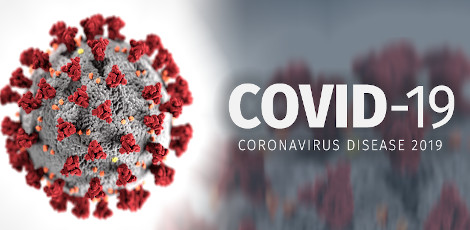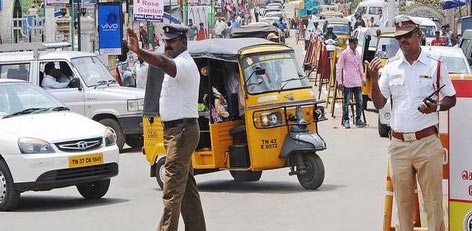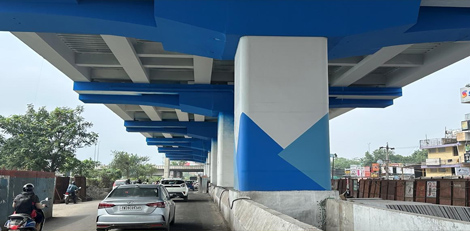The covid-19 crisis: Physical distancing, Social bonding - significance!
Posted on: 27/Mar/2020 11:27:47 AM

The coronavirus is raging globally indeed! The science of epidemiology and health systems allows us to:
- Make reasoned decisions
- Anticipate what is likely to happen and importantly
This can help minimise the humanitarian dimensions of this public health crisis. The Indian count is rapidly increasing and critically close to the scenario of community transmission. What PM Modi did in his addresses to the nation on the 19th and 24th March, was to sound the alert to minimise the impact in India.
As outlined by the WHO: the epidemic moves through stages: from imported cases to local transmission to community transmission to endemic phase. As new cases and epidemiological investigations unfold in India, The strategy to ‘flatten’ the peak of the initial graph of the epidemic has been by closing borders, quarantine, isolation, and ‘social distancing’. Social distancing as a public health measure is defined by the CDC, USA as & quot; remaining out of congregate settings, avoiding mass gatherings, and maintaining distance (approximately 6 feet or 2 meters) from others when possible. .… and from ill persons with fever and respiratory symptoms.”
This to keep a safe ‘physical distance’ that minimises the possibility of transmission. “Social distancing” is what the PM emphasised for all Indians, and the “Janata curfew” was an extraordinary communication and implementation strategy. Subsequently, the country was put under lockdown for 21 days, beginning 24 March midnight.
Social psychological evidence from previous epidemics shows that prescriptions such as of social distancing create fear of the infected and lead to increased levels of stigmatisation. Reports already tell us that a Mumbai elder who lost his life to COVID-19 and his family, among others, have suffered the experience of such stigmatisation, as have doctors, healthcare and airlines staff.







